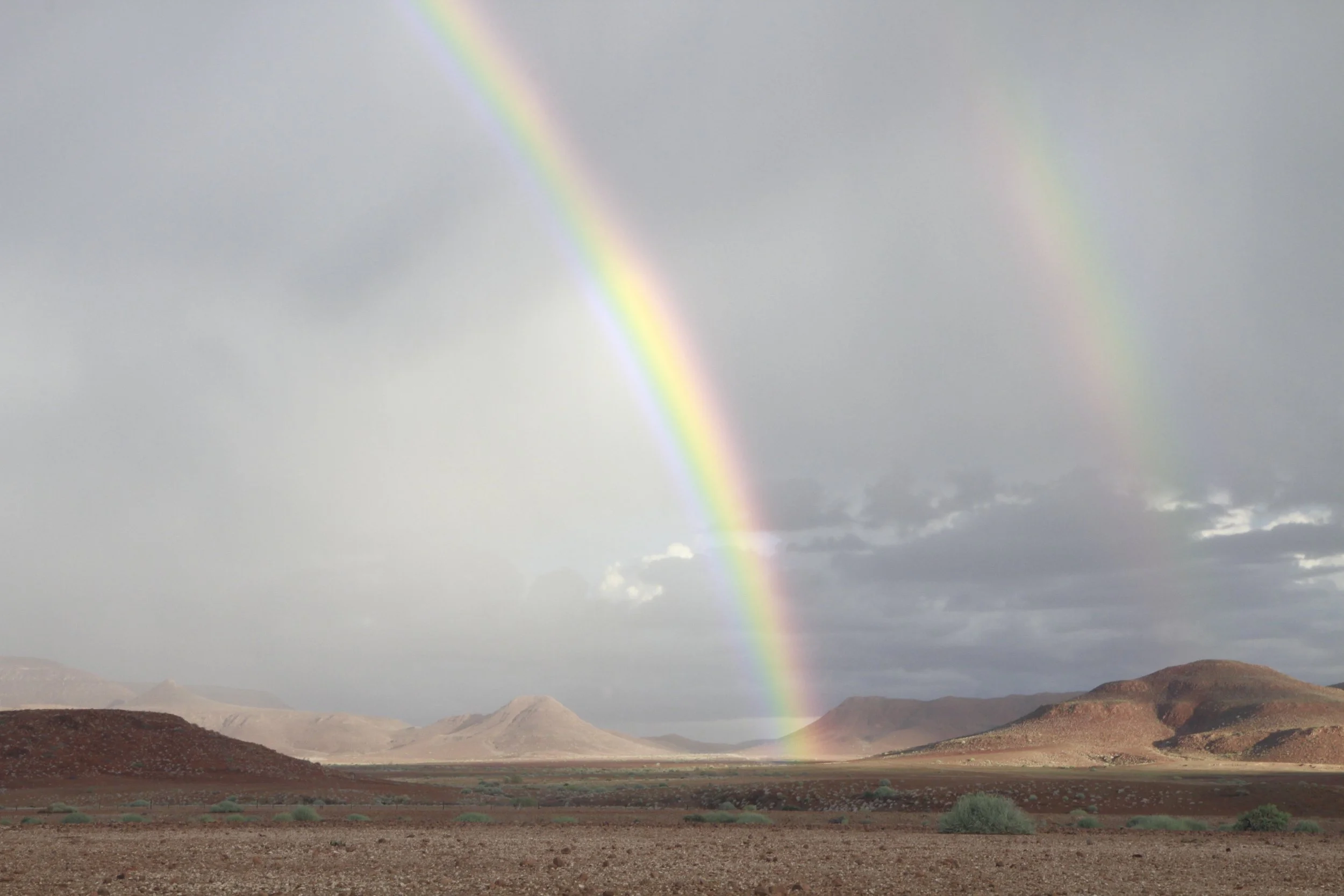
We seek to Improve the Value Local People Attach to Saving Wildlife & Wild Places
Full Circle is all about designing and delivering unique experiences that harness values to improve the wellbeing of the Local People, Wildlife & Wild Places we engage.
We go beyond simply seeking Sustainability to embracing a Regenerative mindset that doesn’t just leave ‘no trace’ but rather leaves a place and people better off because we chose to visit.
To achieve this, we focus all of our travel designs around at least one Core Conservation Experience. These unique, handpicked experiences often involve direct, authentic engagements with local community rangers to witness firsthand their critical conservation work while possibly encountering the endangered wildlife they protect.
At Full Circle, we design experiences that “Seek to SAVE Wildlife and Wild Places, not simply SEE them.” Below is just a small sampling of the endangered wild animals we seek to protect by supporting the local projects that are saving them.
Of Rangers & their Rhinos in Namibia
-
Desert Black Rhinos
The black rhinoceros, listed as critically endangered by the IUCN, is only found within Africa. Since the 1970s over 95% of the world’s black rhinos were killed, primarily poached for their horns. In 2021 it was estimated only 5,500 remain in the wild. Namibia remains their stronghold supporting over one-third of Africa’s black rhinos including one of the last truly wild populations and the largest population to persist on formally unprotected land across the northern reaches of the Namib desert. Read more about black rhino biology and behavior by clicking the button below.
-
Conservancy Rhino Rangers
The Conservancy Rhino Ranger Incentive Programme was launched in 2012 with the aim to train a new generation of “rhino rangers” - highly talented groups of local people, chosen by and accountable to their communities to conduct rhino monitoring. The program equips, trains, mobalizes and motivates teams of local rangers to complete quality patrols. Once rhino ranger teams acquire the basic monitoring skills, training in rhino tourism will help guide the development of community-led rhino tourism activities that would improve rhino security by generating the critical finances needed to sustain rhino monitoring and enhancing the value that people place on keeping rhino alive.
Local Scouts & their Snow Leopards in Nepal
Photo Credit: Tashi R. Ghale
-

Snow Leopards
The snow leopard is one of the world’s most critically endangered big cats with fewer than 6,400 surviving in the wild. They range across the remote and rugged mountain ranges of Central Asia and include countries such as India, Nepal, Pakistan, China, Mongolia and Kazakhstan. They are primarily threatened by poachers for their beautiful furs and are persecuted by farmers for killing livestock. Snow leopards has massive home ranges spanning over 1,000 sq km (~ 400 sq miles) and they prey mostly on ibex, blue sheep and argali sheep high in the mountains. Key to their survival is increasing tolerance towards their coexistence with local people, especially farmers, by improving the value local people attach to saving them. This will also reduce local people’s willingness to poach or collude with outside poachers.
-

Snow Leopard Scouts
Coming Soon! We are working together with local Nepalese conservation partners to train, equip and incentivize a new generation of local Snow Leopard Scouts in the Annapurna Conservation Area. Only a privileged few guests will accompany these scouts on their Snow Leopard monitoring patrols high in the Himalayas and learn more about their efforts to save these incredible big cats.


